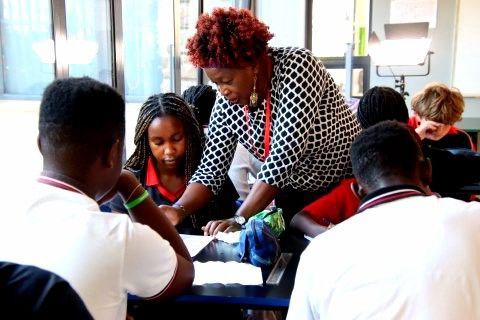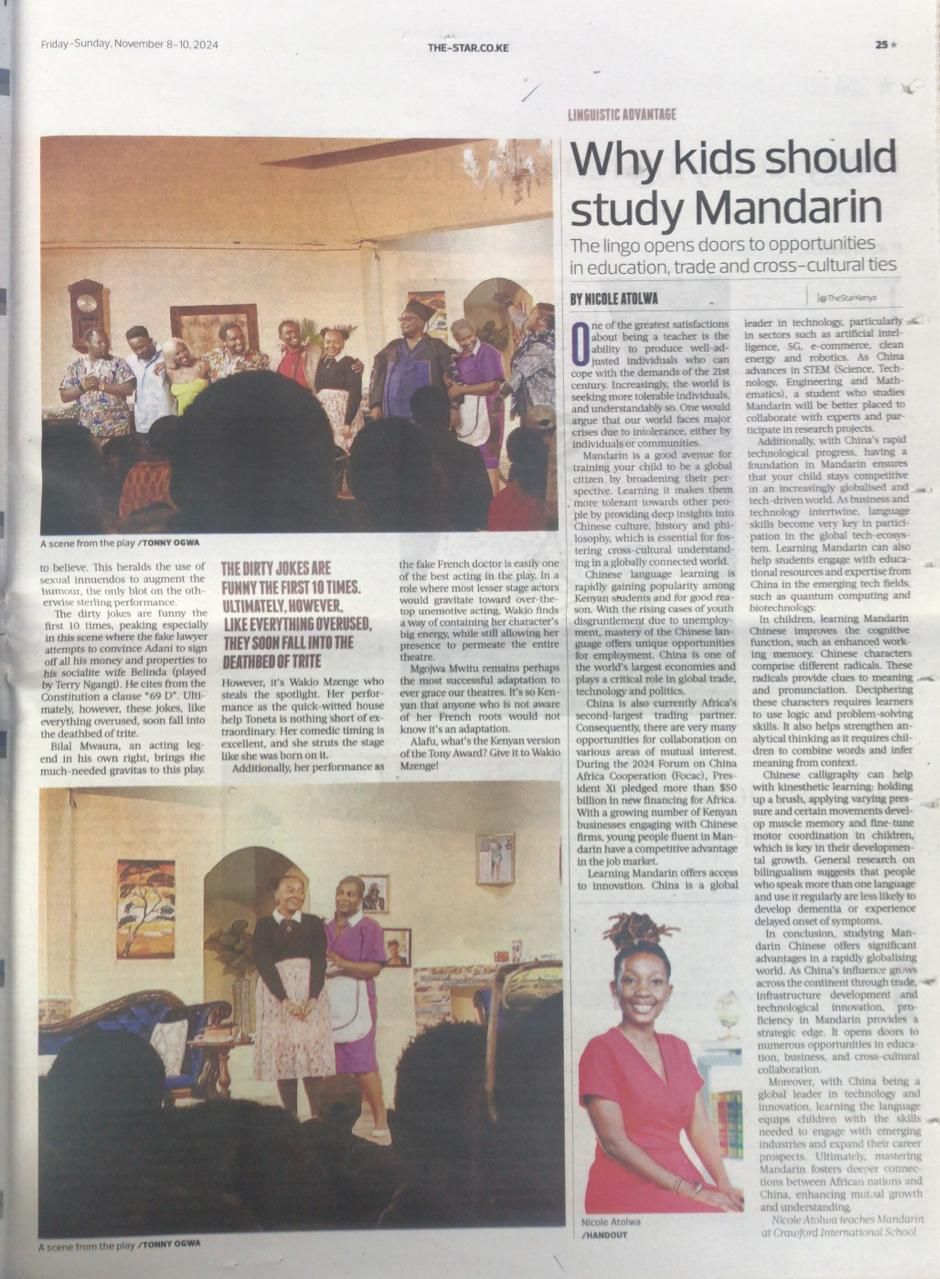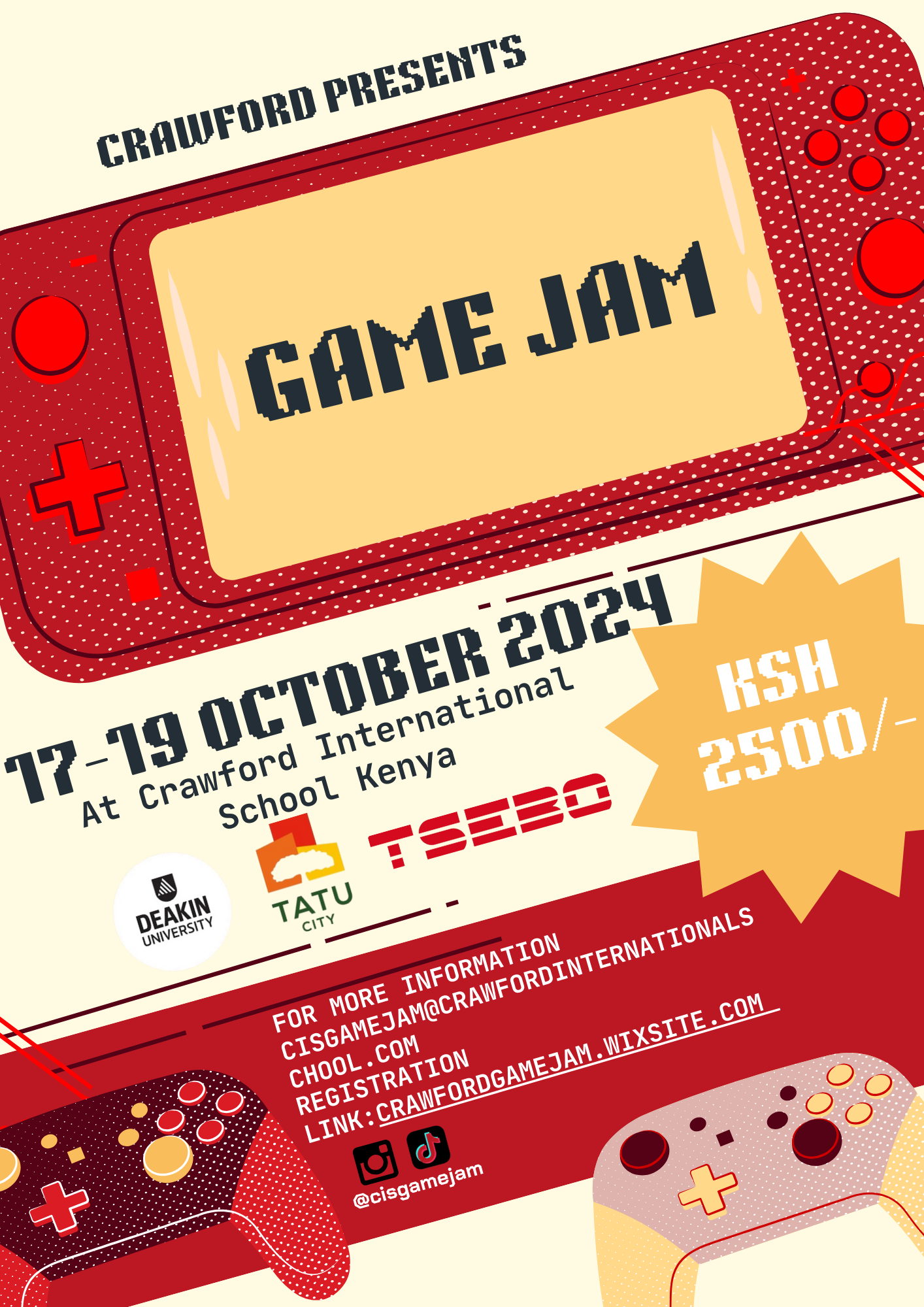A Spotlight on Visual Art in the Schooling Environment.
I am here to shed light and demystify some misconceptions about one crucial subject in
the school curriculum: Art and Design! Art is but one example where human beings
demonstrate and exercise creativity. This comes with the smartness of the brain and
how well one gets inspired.

I am here to shed light and demystify some misconceptions about one crucial subject in
the school curriculum: Art and Design! Art is but one example where human beings
demonstrate and exercise creativity. This comes with the smartness of the brain and
how well one gets inspired.
I am aware there are sweet moments that art doesn’t call for creativity. Visual Art in all
its manifestations is an important feature of human societies because it serves as a
cohesive symbolic communicative system that convey a lot of trends in a society. At
Crawford International School, we take art as a complete entity keeping in mind what
positive effects it can have on young learners.
Research shows that art activities develop brain capacity of a child in early childhood.
To get deeper into this, it supports cognitive, emotional, and multisensory organs.
Studies reveal that learners who engage in art activities exhibit more developed grey
matter of the brain compared to those who do not engage in art activities.
As learners engage themselves in practical aspects of Art, it offers them an opportunity
to use their psychomotor and sensory skills. Without tactile opportunities, a child can
miss out on spatial learning. Tactile learning is where a child learns through the sense
of touch. This helps a child to understand ideas through the sensory world in a better
way. Learning is stimulated in a different way than the usual visual or audio learning.
The message here is vivid, art is all for better learning. Even visually impaired children
learn better across the curriculum by a sense of touch whilst messages are sent
through sensory nerves to the brain.
What else can we say then? Let young lads and lasses be Picassos of our current world.
Give them the opportunity to dooddle, paint, draw, and design.











